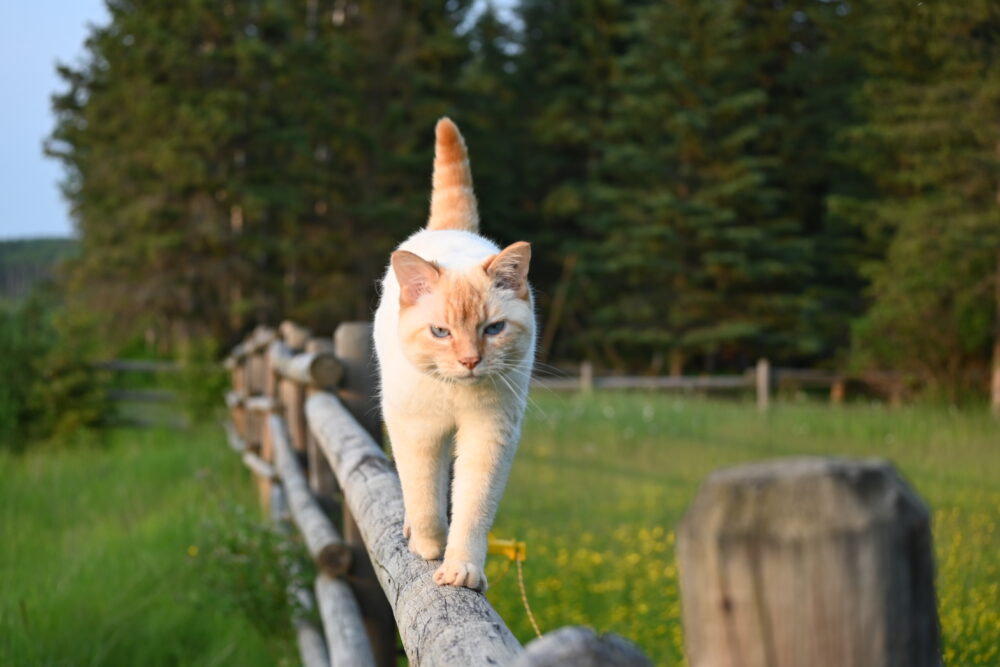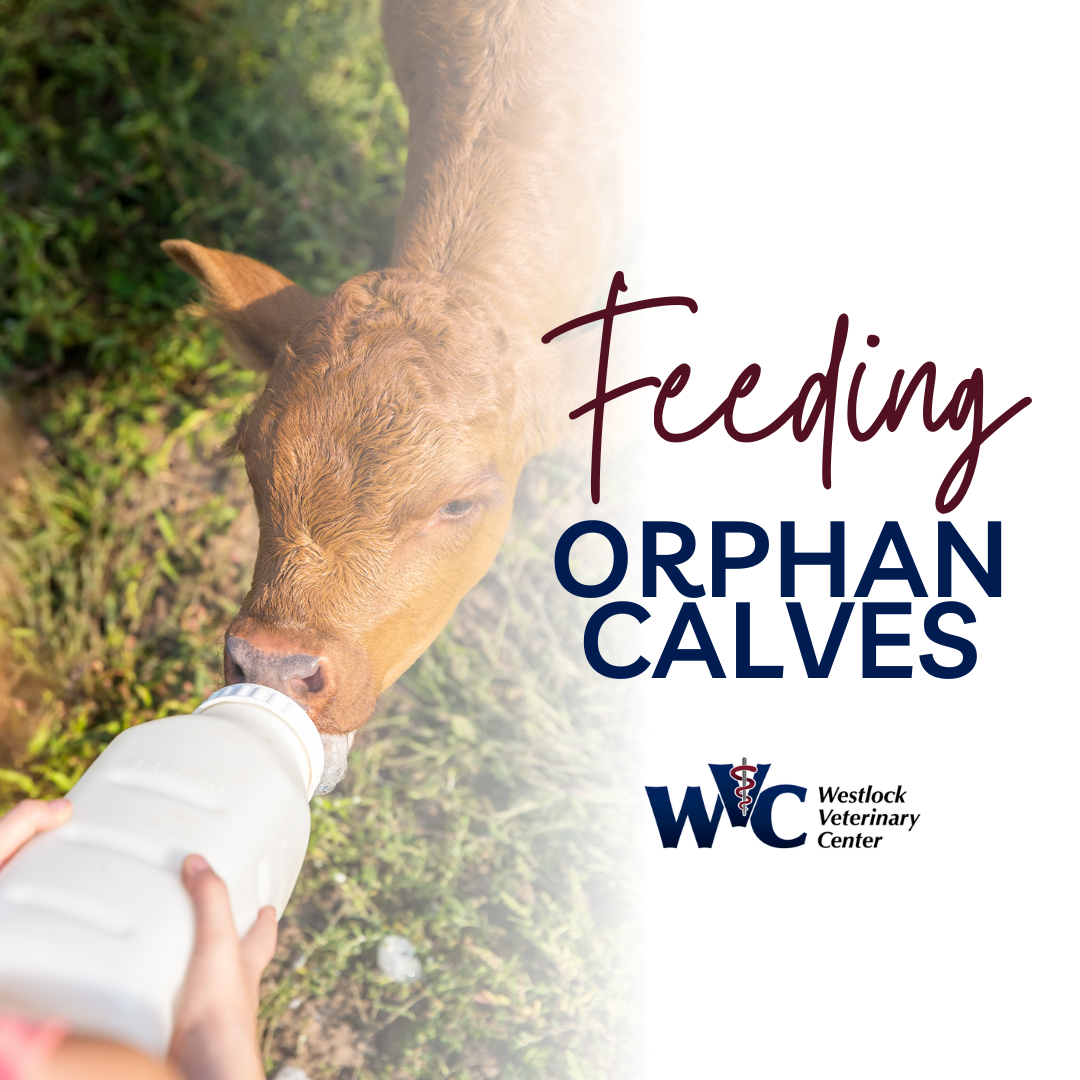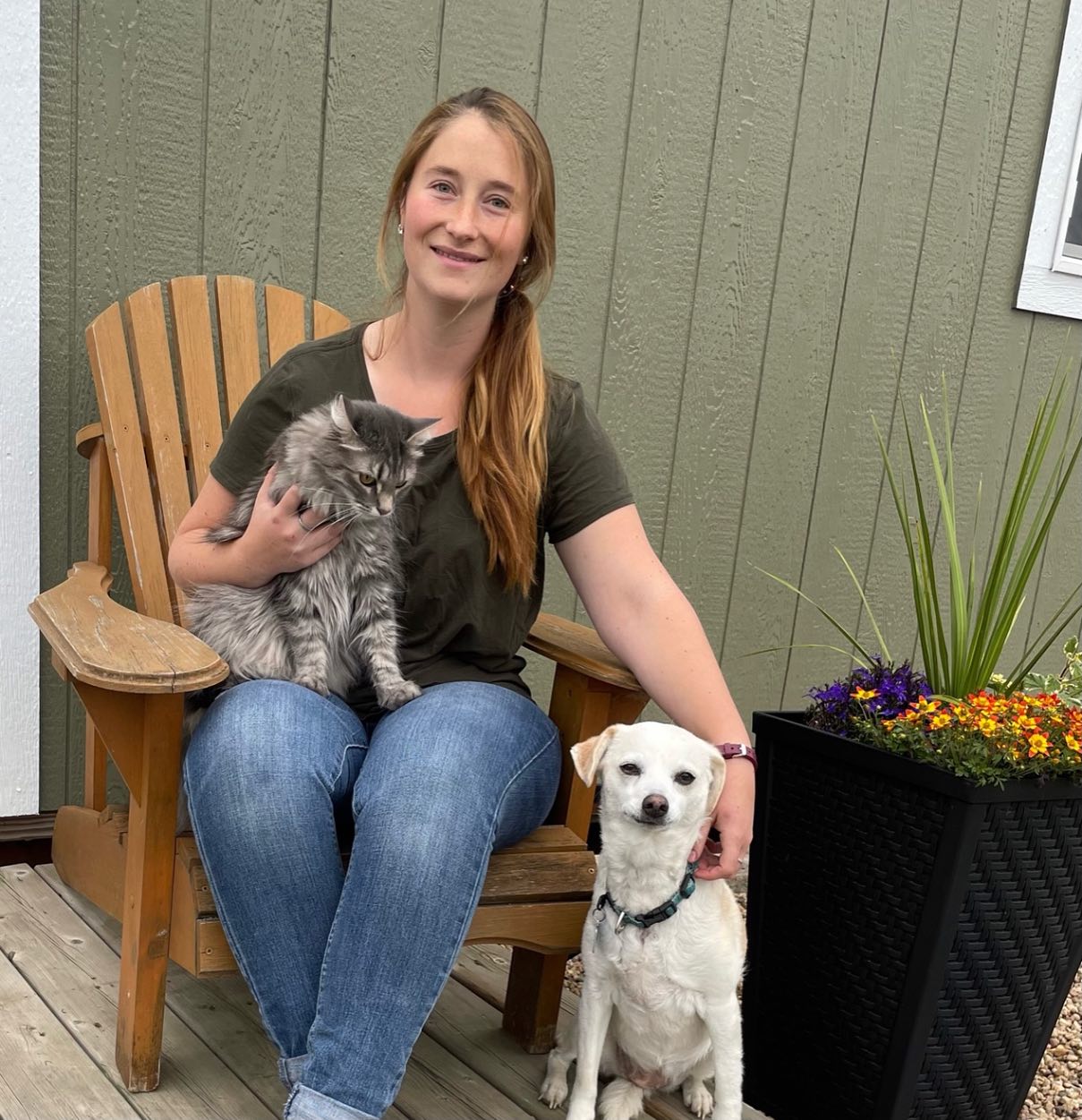Feeding Orphan Calves
By: Dr. Collin Lawrence
Whether you have chosen to rear bottle calves purchased from outside sources or are having to feed orphans or excess twins from your herd, there are some important things to consider.
1) Colostrum is always a number 1 priority. The importance and impacts of getting enough colostrum into a calf are critical. Increased risks of navel infections, scours, pneumonia, as well as reduced growth rates and immunity are only a few of the many impacts in the failure of passive transfer.
Timing is critical to ensure adequate intake of colostrum. It is recommended that calves get a minimum of 100-120 grams of immunoglobins (these are the antibodies calves receive from colostrum) in order to achieve adequate passive transfer. Calves are only able to absorb colostrum in their first 24 hours of life however, only a few hours after birth their absorptive capabilities start to diminish and by 12 hours old they can only absorb 50% of what they are fed. Meaning, even though you may provide great quality colostrum, if you delay giving it, they likely will not get enough antibodies to achieve adequate protection. If you do not see a calf up and nursing within the first 2 hours of life, it is probably prudent to get involved and ensure they get what they need. If you are buying calves and are unsure of their colostrum intake, you may want to reconsider purchasing them.
2) Bedding. A well bedded pen for them is very important and a thick layer of straw that they can snuggle into provides both a warm environment and helps reduce exposure to pathogens, especially if multiple calves are houses together.
3) Preventative measures. We recommend all calves receive Vit AD and Selenium at birth. There are a number of injectable or oral products available. As well, intranasal vaccines are a good idea to reduce the risk of respiratory disease affecting these calves in their first months of life. The use of scour prevention products is a bit more complicated as it depends on what pathogens we are trying to protect against (there is no product that protects against everything) and most have to be given in the first hours of life, like colostrum.
4) Feeding. At a minimum, calves should be getting 10% of their body weight in milk each day (10lbs = 1 gallon = 4.5L). However, to achieve better growth rates and health outcomes, many dairy operations are feeding calves closer to 8-10L of milk per day. They should also have full time access to a dairy calf creep and good quality grass hay by a week old. This is critical for rumen development and allows calves to transition easier during weaning, often within 3 months of life.
Normally calves are continually exposed to lactobacillus and other “good bacteria” when they nurse from their mother’s udder. A bottle calf does not have that luxury and without a normal gut flora they have reduced feed efficiency and increased risk of scours. We also have a product to add to their feedings this twice daily in the milk provides a source of these important bacteria.
Ashlyn’s Blog #2 – Osteoarthritis in Cats
Many pet owners believe it is normal for their older cat to sleep more and be less active, which is not the case. Osteoarthritis (OA), in cats is a very common condition with nearly 40% of all cats having clinical signs and greater than 90% of cats older than 12 years showing bone changes on x-rays. This condition is not exclusive to older cats, even cats as young as 2 years old can suffer from OA. However, the signs are usually not recognized by pet owners and the condition is underdiagnosed by the veterinary profession. In fact, only 13% of affected cats globally are being diagnosed. We understand that assessing cats for its presence and educating owners to recognize the signs is critical. Once the disease is identified the quality of life improves greatly because they no longer suffer from the pain and reduced mobility.
The most common signs are decreased agility and reduced mobility. Some behavioral changes are also common and usually associated with the cats’ decreased agility and reluctance to move around.
There are a few things that can be done to help your cat with OA. Including pain management, food supplements and specific diets, weight reduction if needed, environmental modifications, exercise/physical therapy, and surgery. There is a once monthly injectable that can help your cat get back to moving more freely again. It stops OA pain from disrupting the unique bond they share with you. It is easy to give and tolerated really well. If you think your cat may have OA pain please make an appointment and ask your veterinarian about this option.

Blog Post #1 – Meet Ashlyn
We have decided to revamp our “News” Page and get back into posting more often. You may see articles or Blog Posts from a few different staff members but Ashlyn is up first!
Hi, my name is Ashlyn and I am a registered veterinary technologist. I started working at Westlock vet back in May but have had three years of experience working in the industry. I graduated from Lakeland College in 2020. When I was very young my family had cattle but we sold them for goats. Ever since I was young, I knew I wanted to work with animals. In the field of veterinary medicine, my interests are small ruminants, pet weight loss, small animal dentistry and fear free for all animals. I currently live in a tiny house with my cat and dog. When I am not working, I enjoy camping in the summer and skiing in the winter. I coach five- to ten-year-old kids freestyle skiing and I volunteer my time as a Canadian ski patrol at Tawatinaw Valley Ski Hill. I am very proud that I have completed the highest level of fear free certification that is available and I strive to use the skills I have learned every day. The thing I love most about my job is communicating with owners about their animal’s health. I hope my blogs will give you more info on how to be the best owner you can be.
Beef Producer Webinar

BEEF PRODUCER WEBINAR
Thursday January 6th – 7PM
| Understanding BRSV and Calfhood Pneumonia and how we can mitigate the issue with intranasal vaccination with Dr. Bruce Kostelansky and Zoetis Canada Slaughter Price vs. In store Purchase Price – How Alberta Beef Producers is working for the betterment of producers. Also highlighting the Federal AgriRecovery program with Jason Hale from Alberta Beef Producers Open Discussion with your veterinarians from Westlock Veterinary Center. Door Prizes to follow. |
| Please Register below |
| You can cancel your registration at any time. |
https://zoetis.zoom.us/webinar/register/WN_dFbLmLpAQSan3Ke39gWlXgCovid-19 Update – March 23, 2020
COVID-19 UPDATE: Monday March 23rd
We are implementing new precautions for the safety of our staff and clients. Our staff members are splitting into two separate teams and working week long shifts so we can continue providing service if someone were to get sick. With this change we ask for your patience as it means we will have less staff on hand to answer calls, take appointments, etc. Also with this change comes a change in hours, so we can still accommodate client appointments.
The good news is that we’re adding some hours.
Mon-Fri – No Change 8:30 – 5:30
Saturday: 8:30 – 5:30
Sunday: 8:30 – 3:30
Effective immediately, we will no longer allow clients into the building except for extenuating circumstances such as euthanasia.
When you arrive for your appointment, call us at 780-349-3663, and a technician will come out to work with you.
We will fill out all forms for you and get verbal authorization rather than a signature.
Your technician will take your pet into the clinic so we can weigh them, take vital signs, examine them, and come up with a treatment plan. Communications will be made via phone throughout the appointment when at all possible in order to minimize direct contact. Payment will also be taken over the phone rather then curbside when possible.
Additionally, appointments and procedures considered urgent will take precedent. We are no longer performing dentals but are making a list for when we are able to again.
As for grooming, Bridget will be on one of the shifts, working a week on and a week off.
We thank you for your patience and cooperation as we strive to do what we can to remain available to our community.
Contact us: 780-349-3663
contact@westlockvet.com
Shop online here: https://westlockvetcenter.clientvantage.ca/




